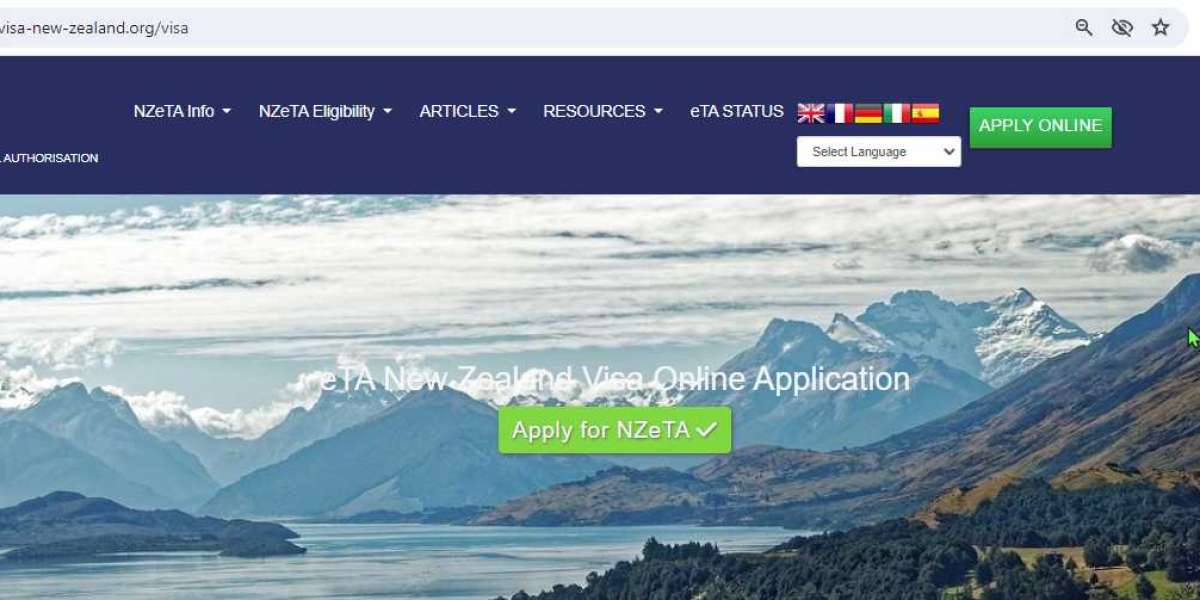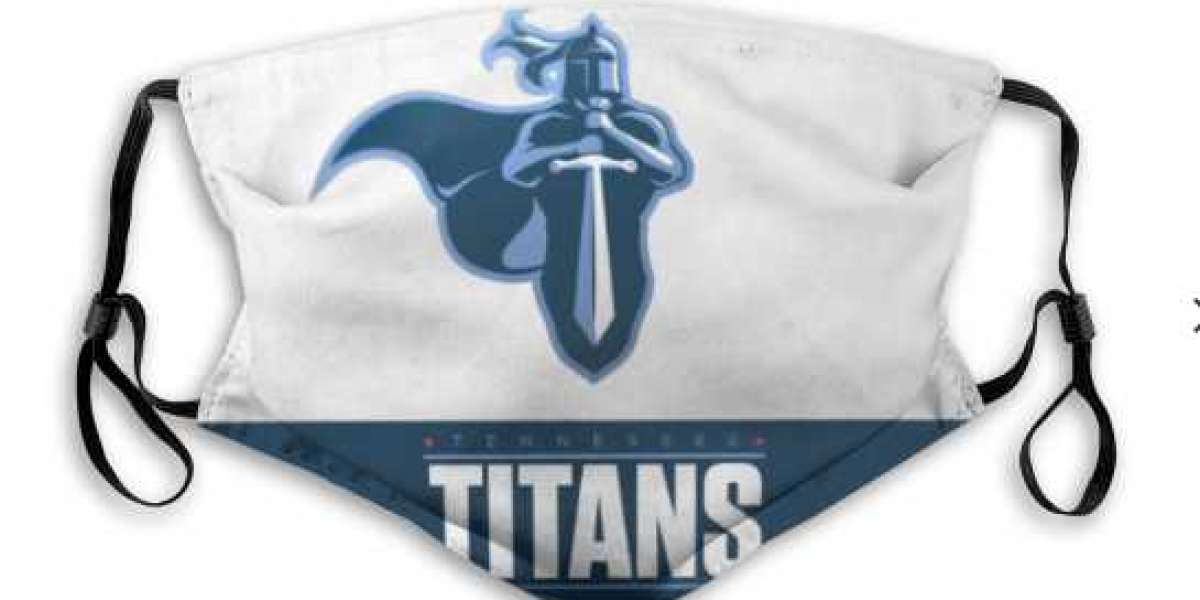In the realm of digital content, image optimization is paramount. As the internet becomes increasingly visual, ensuring fast loading times and efficient use of bandwidth has become a priority for web developers and content creators alike. One revolutionary solution to this challenge is the WebP image format, renowned for its superior compression capabilities without compromising image quality. In this article, we delve into the process of converting PNG to WebP, unlocking a world of benefits for web performance and user experience.
Understanding PNG and WebP
Before diving into the conversion process, let's briefly outline the characteristics of both PNG and WebP formats.
PNG (Portable Network Graphics): PNG has long been a staple in web imaging, offering lossless compression and support for transparency. While it maintains high-quality images, its file sizes can be relatively large compared to more modern formats.
WebP: Developed by Google, WebP is a next-generation image format designed specifically for the web. It employs both lossy and lossless compression techniques, resulting in significantly smaller file sizes compared to PNG and JPEG while maintaining comparable image quality. WebP also supports transparency (alpha channel) and animation, making it a versatile choice for various web applications.
Benefits of Converting PNG to WebP
Converting PNG images to WebP offers several key advantages:
Reduced File Sizes: WebP compression typically results in significantly smaller file sizes compared to PNG, leading to faster loading times and reduced bandwidth usage. This is particularly beneficial for mobile users and those with limited internet connectivity.
Improved Page Load Speed: Smaller image files mean faster page load times, enhancing user experience and reducing bounce rates. Studies have shown that faster-loading websites tend to have higher engagement and better conversion rates.
Bandwidth Savings: With smaller file sizes, websites can serve content more efficiently, reducing server costs and improving overall performance. This is especially crucial for high-traffic websites or those serving content to users across various devices and network conditions.
Transparent Compression: WebP maintains transparency support, allowing for the preservation of alpha channels in images with transparent backgrounds. This is essential for elements like logos, icons, and graphics where maintaining transparency is critical.
Future-Proofing: As more browsers and platforms adopt support for WebP, converting PNG to WebP ensures compatibility with modern web standards and technologies. Embracing WebP early positions websites for future advancements in image optimization and web performance.
How to Convert PNG to WebP
Converting PNG images to WebP is a straightforward process, often achieved using specialized software or online conversion tools. Here's a basic step-by-step guide:
Choose Conversion Tool: Select a conversion tool that supports PNG to WebP conversion. This could be a standalone software application, a web-based converter, or a command-line tool for batch processing.
Upload PNG Files: Upload the PNG files you wish to convert to the chosen conversion tool. Ensure that you have the necessary permissions to modify and distribute the images as needed.
Adjust Settings (Optional): Some conversion tools offer options to adjust compression settings, such as quality level and encoding method. Experiment with these settings to find the right balance between file size reduction and image quality retention.
Initiate Conversion: Once the settings are configured, initiate the conversion process. Depending on the number and size of the PNG files, this may take some time to complete.
Download WebP Files: After conversion, download the resulting WebP files to your local system. Ensure that the conversion was successful and that the converted images meet your quality standards.
Implement on Website: Replace the original PNG images on your website with their WebP counterparts. Update image references in HTML, CSS, or JavaScript files to point to the new WebP files.
Testing and Optimization: Perform thorough testing to ensure that the converted images display correctly across different browsers and devices. Monitor page load times and user experience to gauge the impact of the conversion on website performance.
Conclusion
Converting PNG images to WebP represents a significant opportunity for web developers and content creators to enhance the efficiency and performance of their websites. By leveraging WebP's advanced compression techniques, websites can achieve faster load times, reduced bandwidth usage, and improved user experience without sacrificing image quality. Embracing WebP is not just about optimizing for today; it's about future-proofing your web content and staying ahead in an ever-evolving digital landscape. So, unlock the power of WebP and propel your web presence to new heights.
Title: Transforming Your Images: PNG to WebP Conversion Made Easy and Free
In the dynamic world of web development, optimizing images is a crucial step towards improving website performance and user experience. One effective way to achieve this optimization is by converting PNG images to the WebP format. With its superior compression capabilities and support for transparency, WebP offers significant advantages over PNG while maintaining comparable image quality. In this article, we explore how you can effortlessly convert PNG to WebP for free, unlocking the potential for faster-loading websites and happier users.
The Need for Image Optimization
Images play a vital role in engaging website visitors and conveying information effectively. However, they can also be a significant contributor to slow page load times if not optimized correctly. This is where image compression and conversion come into play.
PNG (Portable Network Graphics): PNG has long been favored for its lossless compression and support for transparency, making it ideal for graphics and images with crisp details. However, its file sizes can be relatively large, leading to slower load times, especially on mobile devices and slower internet connections.
WebP: Developed by Google, WebP is a modern image format designed to address the shortcomings of traditional formats like PNG and JPEG. It offers both lossy and lossless compression, resulting in significantly smaller file sizes without compromising image quality. WebP also supports transparency and animation, making it a versatile choice for web developers.
Advantages of PNG to WebP Conversion
Converting PNG images to WebP brings several benefits:
Smaller File Sizes: WebP compression typically reduces file sizes by 25% to 34% compared to PNG, resulting in faster page load times and reduced bandwidth usage.
Faster Load Times: With smaller image files, websites load more quickly, improving the overall user experience and reducing bounce rates.
Improved SEO: Page speed is a crucial factor in search engine rankings. By optimizing images with WebP, you can enhance your website's SEO performance and attract more organic traffic.
Compatibility: While WebP may not be supported by all web browsers, it enjoys widespread adoption, particularly among modern browsers like Google Chrome and Mozilla Firefox. Additionally, fallback mechanisms can be implemented to ensure compatibility with older browsers.
Free Tools for PNG to WebP Conversion
Converting PNG images to WebP doesn't have to be complicated or expensive. Several free tools and online services make the conversion process quick and straightforward:
Google's WebP Converter: Google provides a command-line tool called
cwebpthat allows you to convert PNG images to WebP format easily. It's available for Windows, macOS, and Linux and offers various options for adjusting compression settings.Online Converters: Numerous websites offer free online conversion tools that allow you to upload PNG images and download the converted WebP files directly from your browser. Popular options include Convertio, OnlineConvertFree, and Zamzar.
Image Editing Software: Many image editing software packages, such as GIMP and Adobe Photoshop, include built-in support for WebP conversion. Simply open your PNG images in the software and export them in WebP format.
Step-by-Step Conversion Process
Converting PNG images to WebP is a simple process:
Select a Conversion Tool: Choose a free tool or online service that suits your preferences and requirements.
Upload PNG Files: Upload the PNG images you want to convert to WebP format.
Adjust Settings (Optional): Depending on the tool you're using, you may have the option to adjust compression settings such as quality level and encoding method.
Initiate Conversion: Start the conversion process and wait for the tool to convert your PNG images to WebP format.
Download WebP Files: Once the conversion is complete, download the converted WebP files to your computer.
Implementation: Replace the original PNG images on your website with the newly converted WebP files. Update the image references in your website's HTML or CSS code accordingly.
Testing: Test your website thoroughly to ensure that the converted images display correctly across different browsers and devices. Monitor page load times to gauge the impact of the conversion on overall performance.
Conclusion
Converting PNG images to WebP format offers a simple yet effective way to optimize your website's performance and enhance the user experience. With free tools and online services readily available, anyone can easily make the switch and enjoy the benefits of smaller file sizes and faster load times. By embracing WebP, you not only improve your website's efficiency but also future-proof your content for compatibility with modern web standards. So why wait? Start converting your PNG images to WebP today and take your website to the next level of performance and optimization.








